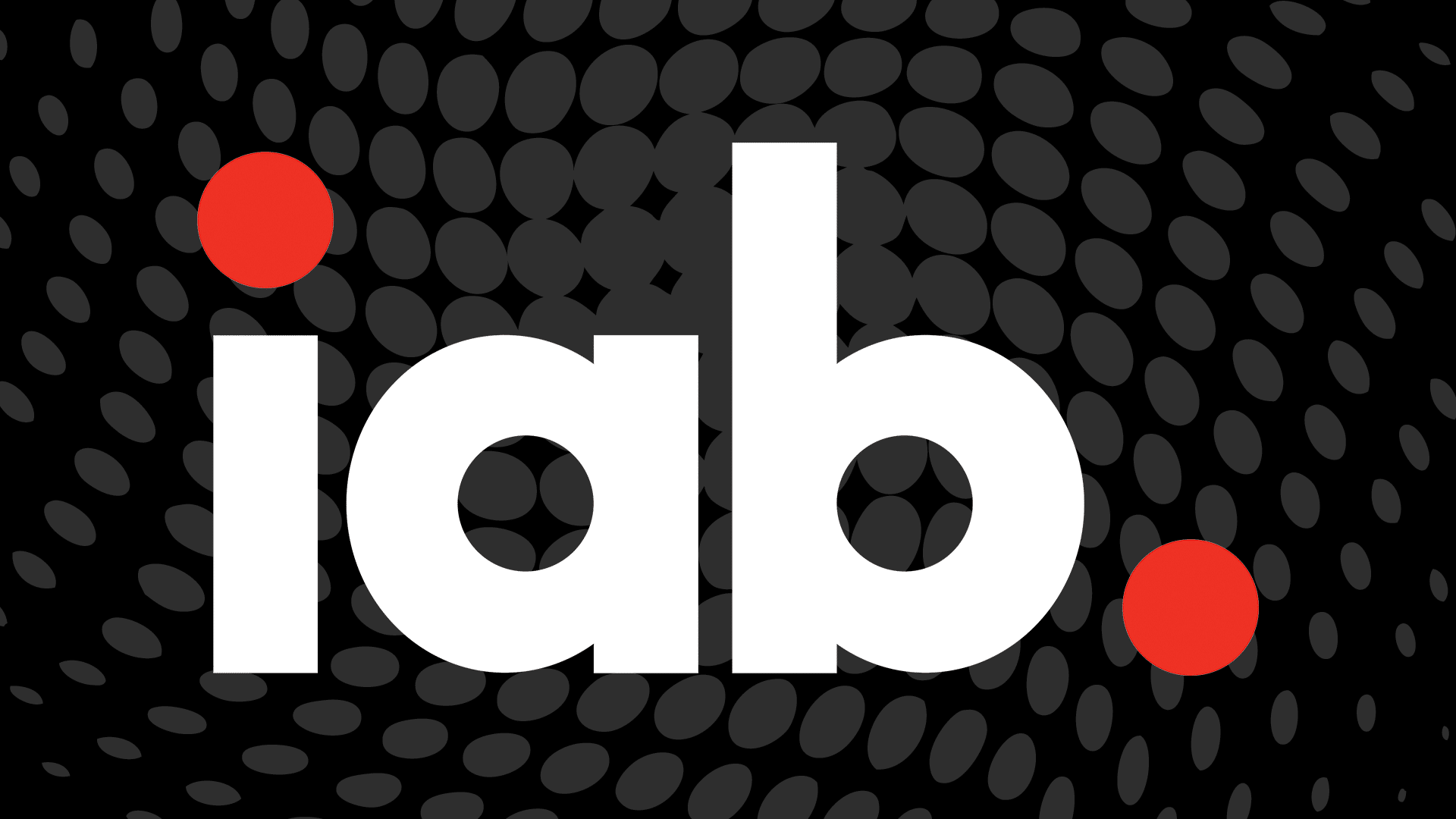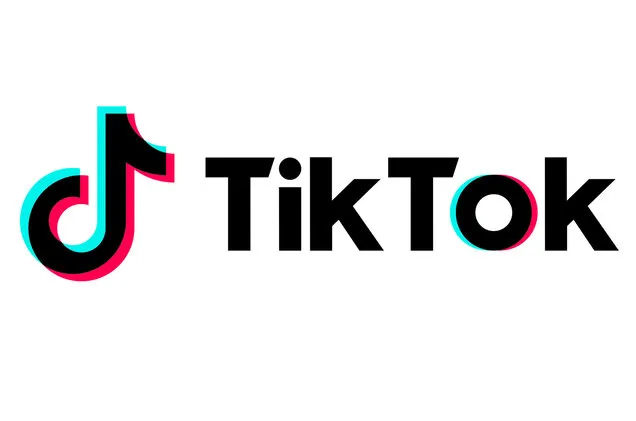In the rapidly evolving landscape of hybrid work, leaders are constantly seeking ways to support their teams effectively, whether they’re in the office or working remotely. I recently had the pleasure of speaking with Shannon MacKay, GM of Lenovo’s Smart Collaboration business group, about this very topic. Our conversation was rich with insights and practical advice for businesses navigating the challenges and opportunities of the hybrid work model.
The Power of Smart Collaboration
MacKay emphasized the importance of smart collaboration. This concept, she explained, must work everywhere, for everyone, and every time.
But what does “smart collaboration” really mean? According to MacKay, it’s about more than just having the right tools. It’s about creating an environment where every voice is heard, and every team member can contribute their best work, no matter where they are. This is a significant shift from traditional office-centric models, and it requires a deep understanding of the unique challenges and opportunities of hybrid work.
Bridging the Gap in Hybrid Work
Despite the clear benefits of hybrid work, MacKay acknowledged that many businesses still struggle to integrate unified communications effectively. Connectivity issues, difficulties identifying speakers in meetings, and missed networking opportunities are just a few of the challenges businesses face.
To address these issues, companies must strive to create an equitable experience for all employees, regardless of their location. This involves leveraging collaborative technology and adopting new best practices for asynchronous hybrid teamwork.
MacKay pointed out that the challenges of hybrid work are not just technological, but also cultural. Companies need to rethink their approach to meetings, communication, and collaboration to ensure that all team members feel included and valued. This might involve rethinking traditional meeting formats, adopting new tools for asynchronous communication, or even reconfiguring physical office spaces to better support hybrid work.
The Digital Transformation Journey
Digital transformation and the adoption of unified communication (UC) tools vary significantly from business to business. Small and medium-sized companies, in particular, often struggle to allocate the necessary resources to overhaul their UC infrastructure.
MacKay highlighted the need for these businesses to reconsider their approach to collaboration. While short-term solutions like “bring your own device” (BYOD) can be helpful, they often lead to long-term problems with compatibility and data security.
She also pointed out that digital transformation is not a one-time event, but a journey. It requires ongoing investment, not just in technology, but also in training, support, and change management. And while the journey can be challenging, the rewards – in terms of increased productivity, improved employee satisfaction, and better business outcomes – are well worth the effort.
Future Trends in the Workplace
Looking ahead, MacKay predicted that businesses would continue to adopt flexible workspace layouts, open communication, and adaptable equipment. These changes, she argued, would help companies to maintain business continuity even in challenging times.
She also highlighted the importance of resilience and adaptability in the face of change. The future of work is uncertain, and businesses need to be prepared to pivot quickly in response to new challenges and opportunities. This might involve adopting new technologies, rethinking business processes, or even redefining the very concept of “work”.
Optimizing Spaces and Technology
When considering the critical task of optimizing spaces and technology for distributed workforces, MacKay’s emphasis on asking the right questions provides a profound framework. The goal is not just to equip the space with the latest technology but to delve into the very essence of the experience a company wants to cultivate. The questions should probe the desired interactions, productivity levels, and overall ambiance within the workspace. These factors, in turn, guide choices in hardware and software, as well as in furniture configuration.
The hardware and software choices need to be tailored to the specific needs of the team. For instance, collaboration tools should facilitate seamless communication between remote and on-site workers, and the choice of hardware should reflect the tasks and applications most commonly used. Understanding these needs requires a deep understanding of the workflows and a willingness to experiment and adapt as those needs change.
Furniture configuration and office layout also play a significant role. The space must be designed to foster collaboration and creativity, not just among co-located workers but also between those on-site and remote. Flexible seating arrangements, breakout spaces, and dedicated areas for focused work can create an environment that promotes creativity and collaboration. The use of ergonomic furniture minimizes physical strain and contributes to overall well-being.
However, the optimization of space and technology goes beyond the tangible elements. It also encompasses the human aspect of the working environment. Incorporating elements of biophilic design can create a more natural and inspiring workspace. Biophilic design involves integrating natural materials, daylight, plants, and other elements that evoke nature into the design of the workspace. This can lead to increased productivity, creativity, and well-being, as it taps into the inherent human affinity for nature.
Investing in such an approach requires a holistic view of the workspace. It’s not about merely adding the latest gadgets or trendy furniture but building an ecosystem that aligns with the company’s values, goals, and the diverse needs of the workforce. This may include non-traditional solutions such as virtual reality for immersive collaboration or leveraging artificial intelligence to automate routine tasks. The challenge lies in weaving these various elements together into a cohesive, effective, and inspiring environment.
By adopting a comprehensive approach to optimizing spaces and technology, organizations can create a supportive and stimulating environment for their distributed workforce. This strategy not only ensures technological efficiency but also fosters a culture of collaboration, creativity, and well-being, thereby enhancing both individual and organizational performance. It’s a complex task that demands thoughtful planning, continuous evaluation, and a willingness to adapt to emerging trends and individual needs. But the rewards – a more engaged, productive, and satisfied workforce – are well worth the effort.
Effective Communication and Collaboration in a Hybrid World
For businesses struggling to communicate and collaborate effectively in a hybrid environment, MacKay recommended finding a UC platform that offers video conferencing, chat, whiteboarding, polling, and transcription. Familiarity with the UC platform can make it easier for employees to adopt new technology.
She also stressed the importance of training and support in ensuring the successful adoption of new tools. Employees need to feel confident and comfortable using these tools, and this requires ongoing training, support, and feedback.
Shannon MacKay emphasized that there is no one-size-fits-all solution for companies navigating the world of hybrid meetings. Each employee, team, department, and business is unique, and it’s crucial to find what works best for your specific situation.
The future of work is here, and it’s hybrid. By embracing smart collaboration, investing in the right technology, and leading with empathy, businesses can create an environment where everyone can bring their best selves to work, no matter where they are.
As we navigate this new landscape, we must remember that the goal is not just to survive, but to thrive. And with the right approach, we can turn the challenges of hybrid work into opportunities for innovation, growth, and success, as I tell the clients who I help figure out their hybrid work models.
Have you read?
Most Influential Female CEOs In The Telecom Industry, 2023.
The 50 Richest People in the Philippines, 2023 List.
These Are the most overpaid CEOs among S&P 500 companies, 2023.
Biggest banks in the world, as measured by total assets, 2023.
The World’s Richest Self-Made Women, 2023.
Add CEOWORLD magazine to your Google News feed.
Follow CEOWORLD magazine headlines on: Google News, LinkedIn, Twitter, and Facebook.
Thank you for supporting our journalism. Subscribe here.
For media queries, please contact: info@ceoworld.biz






































































